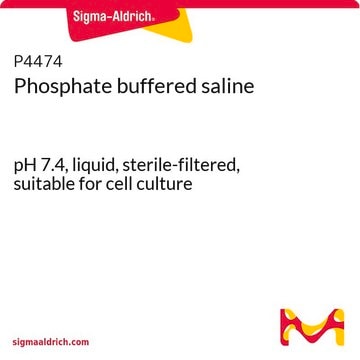SML1781
PDD00017273
≥98% (HPLC), powder, poly(ADP-ribose) glycohydrolase inhibitor
Synonim(y):
1-[(1,3-Dimethyl-1H-pyrazol-5-yl)methyl]-1,2,3,4-tetrahydro-N-(1-methylcyclopropyl)-3-[(2-methyl-5-thiazolyl)methyl]-2,4-dioxo-6-quinazolinesulfonamide
About This Item
Polecane produkty
product name
PDD00017273, ≥98% (HPLC)
Poziom jakości
Próba
≥98% (HPLC)
Postać
powder
kolor
white to beige
rozpuszczalność
DMSO: 10 mg/mL, clear
temp. przechowywania
2-8°C
Działania biochem./fizjol.
Kod klasy składowania
11 - Combustible Solids
Klasa zagrożenia wodnego (WGK)
WGK 3
Temperatura zapłonu (°F)
Not applicable
Temperatura zapłonu (°C)
Not applicable
Certyfikaty analizy (CoA)
Poszukaj Certyfikaty analizy (CoA), wpisując numer partii/serii produktów. Numery serii i partii można znaleźć na etykiecie produktu po słowach „seria” lub „partia”.
Masz już ten produkt?
Dokumenty związane z niedawno zakupionymi produktami zostały zamieszczone w Bibliotece dokumentów.
Nasz zespół naukowców ma doświadczenie we wszystkich obszarach badań, w tym w naukach przyrodniczych, materiałoznawstwie, syntezie chemicznej, chromatografii, analityce i wielu innych dziedzinach.
Skontaktuj się z zespołem ds. pomocy technicznej







